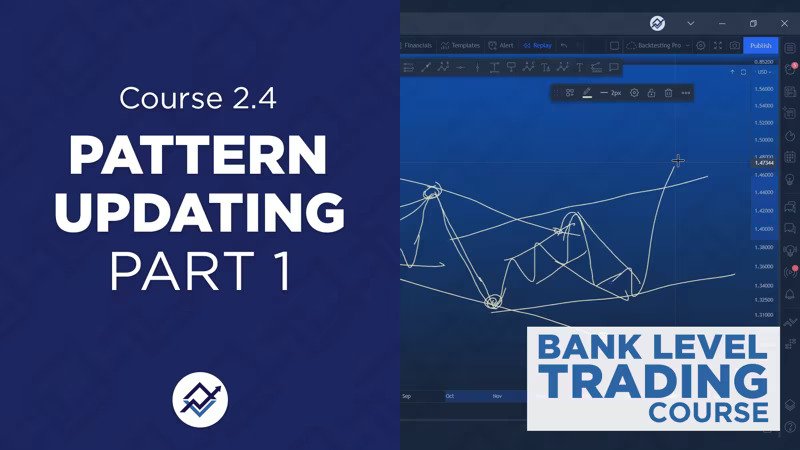Introduction
The Foreign Exchange (Forex or FX) market is the largest financial market globally, with traders worldwide speculating on the movements of currency pairs. If you’re venturing into this realm, it’s essential to grasp the basics, starting with currency pairs and the roles of Forex brokers.
Decoding Currency Pairs
In the Forex market, currencies are quoted in pairs, with the value of one currency relative to another. The first currency in the pair is the “base currency,” and the second one is the “quote currency.” So, how do you read forex currency pairs? For instance, in the EUR/USD pair, EUR is the base currency, and USD is the quote currency. A quote like 1.20 would mean 1 Euro is equivalent to 1.20 US Dollars.
There are several classifications of currency pairs
Major Pairs: These are the most traded pairs, typically involving the US Dollar. The 4 major forex pairs are EUR/USD, USD/JPY, GBP/USD, and USD/CHF. However, some traders refer to the 7 major currency pairs, which also include AUD/USD, USD/CAD, and NZD/USD.
Minor and Exotic Pairs: Minor pairs don’t involve the US Dollar, like EUR/GBP or EUR/AUD. Exotic pairs involve a major currency and a currency from a developing economy, such as USD/SGD (US Dollar/Singapore Dollar).
What Moves the Forex Market?
Multiple factors drive currency values, from economic indicators to geopolitical events. Interest rates, inflation rates, and political stability can have significant impacts on forex prices.
Forex Brokers and Trading Times
Forex brokers act as intermediaries between retail traders and the interbank forex market. They provide trading platforms, leverage, and essential tools for traders to access the market.
Trading in Forex is almost continuous, given its decentralized nature. Various trading sessions exist, including the Asian, London, and New York sessions. The London session is especially active, with pairs like EUR/USD and GBP/USD experiencing considerable movement. It’s vital to identify the best time to trade each currency pair to capitalize on volatility while managing risks.
To Pip or Not to Pip
A pip is a measure of change in the Forex market. For most pairs, a pip represents a one-point movement in the fourth decimal place. Understanding pips is vital as they determine profits and losses. For instance, if EUR/USD moves from 1.1500 to 1.1550, that’s a change of 50 pips.
Trade Strategy and Challenges
Selecting currency pairs to trade often depends on a trader’s strategy, knowledge, and risk tolerance. While the EUR/USD might be suitable for beginners due to its high liquidity, pairs like GBP/JPY can be more volatile. Some traders focus on just one pair to master its movements, while others diversify.
Forex trading is not without its challenges. It requires a deep understanding, continuous learning, and a keen sense of market dynamics. Some claim there’s a “big secret” about forex or a particular “11am rule,” but success mainly comes from knowledge, experience, and discipline.
Final Words
The world of Forex offers vast opportunities, but it also demands a deep understanding of the market’s intricacies. From grasping pips to knowing the best pairs for scalping or day trading, knowledge remains your most valuable asset.





